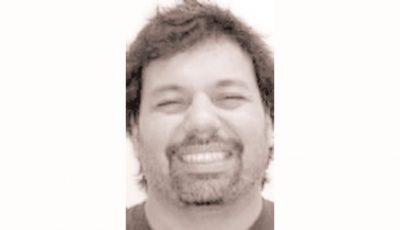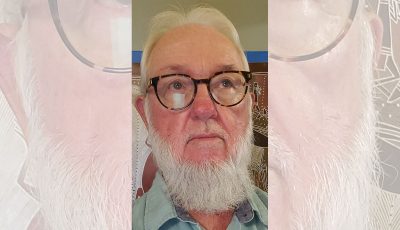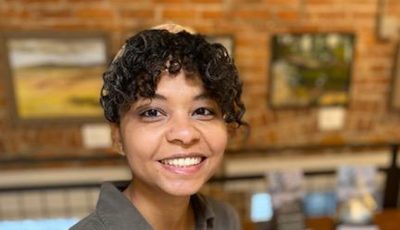Monastic
For 14 years, I was a member of a family Religious Order that collaborated with Jews and Moslems, seculars and non-theists, truly ecumenical beyond ecclesiastical structures. Arising from Christendom that fevered like a pentecostal congregation (our dean was previously an Ohio revival preacher whose diction is not foreign at Victory Chapel in Saipan) on one end, and a socially-branded liberal unitarian (we lived in the communities we served) on the other, and comprehensive diversity in between.
The body’s work was communal and cooperative, a global network of 2,500 folks (mas o menos), organized as determined service centers termed “centrum” and “nexus,” with metro, regional, and area corporate abodes called Religious Houses. Were one to compare it to another body, one would be at a loss to find one. It was a unique experiment, unrepeatable; there has never been one like it before, and there will never be another one like it ever again.
We had one task: to create a broad-based human (planetary and global) community wherever we were located, symbolically in every time zone across the globe. Process and procedure followed were highly participatory. We enabled the local house and the community we served to missionalize vision; communal resource was utilitarian rather than privately owned (personal property in two suitcases), decision-making practiced broadly until a consensus was pronounced, and self-hood was absolutely self-sustained, self-reliant, and self-confident.
My characterization of the body is somewhat like what my class hears and repeats mid-course of daily class session: “I am one, unique, unrepeatable gift of life into human history; there has never been one like me before and there will never be another one like me ever again. I live my life.” They decide. They choose.
This is no rah-rah slogan so individuals can believe in an idealized self. It is a statement of fact, the uniqueness and unrepeatability resulting from the union of one sperm (out of a minimum of 200 million) with an egg that then journeys into finitude uniquely on its own until its completion. My reckoning on my journey’s length, given what I know of my genetics and statistical probability, is 86 years! I invite my first graders to think of their education and life as a journey!
Being a monastic is, thereby, a given reality before it is a choice. One is uniquely on an unrepeatable journey from start to completion. It is not that we choose, in the first instance, to be solitaries. We are born that way. It echoes Akon and Joan Armatrading’s song of “I, me and myself.” Our choice is to declare “what is,” rather than ran away from it, to yen for and achieve an imagined objective or goal.
As a teacher in a classroom, I have a board with the four core curriculum titles where we post our objective. (I personally go by what students will retain in their minds, and what they will experience in the process). The four components of the Core curriculum has underneath Language Arts, the word “words,” for Math, “numbers,” for Science, “How,” and for Social Studies, the “5Ws.”
“Words” are nouns defined by adjectives and verbs with adverbs; “Numbers” are signs (equals =, plus +, minus -, multiply x and divide ÷), “How” is process standardized, and the 5Ws are “what, when, where, who, and why”.
Across the room, I posted a picture of the brain of a child that has three parts: the medulla oblongata, the cerebellum, and the cerebrum; the first, processes sensual experiences of sight, sound, smell, taste and touch, the second, finds the balance on feelings, and the third, a sophisticated management of words and numbers formally taught in academe, all three becoming the basis for the whole body to respond in deeds.
While the eight (five senses, feelings, thoughts, and deed) seem a lot especially since the students are just beginning the first year of a 16-year learning journey, I teach them to “play attention” so learning shan’t deteriorate into the memory work of formulas and forms but of challenging usage.
The monastic understanding clothed on the three classical vows, is that of the vow of poverty as detachment from matters unessential, the vow of chastity as being about one thing, and the vow of obedience as willing the Way Life Is (YHWH in Jewish terms sans Zeus of Olympus) abides.
So, what do I teach? There are only eight items, two less than the decimal system. Being about one thing is taking the laser beam of the times (symbolized by the smartphone that is now in the hands of more 90 percent of the population) to have input equals output. Then I transform my lifestyle so the time is managed, space is organized, roles are defined, and a story is told.
I am not about the pedagogy of content; I am a monastic who demonstrate methods, secularly and scientifically. I aim for a first grader the habit of nursing their own brain to intentionally guide their own learning. Monastic, I am. Functional monastics, my students will be!



























